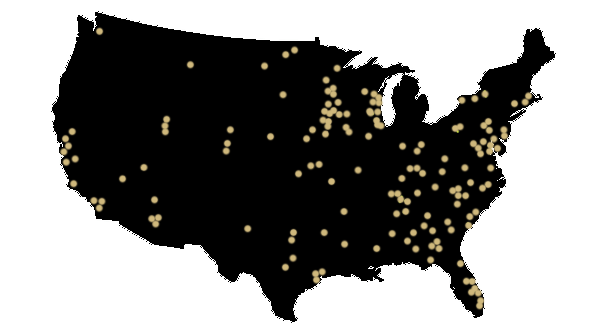Deepfakes, synonymous with synthetic media or generative AI, have intrigued and alarmed various audiences. These automated creations, encompassing images, audio, or videos crafted by machine learning systems, signify the latest advancement in the historical evolution of reality manipulation techniques.
In this 2023 deepfake video, the figure portrayed as Ron DeSantis, the 2024 presidential contender and present Governor of Florida, conveys a profoundly misleading and untrue statement. He claims regret over his presidential bid, confesses to being misled, expresses shame over his and his campaign team’s behavior, and endorses Donald Trump for a return to the presidency in 2024.
Deepfake videos like this represent a significant and insidious threat to public trust and the integrity of democratic processes. They are crafted using sophisticated artificial intelligence techniques to create convincingly realistic videos of individuals saying or doing things they never actually did. This can lead to widespread misinformation, damage reputations, manipulate public opinion, and interfere with elections by spreading falsehoods about candidates or misleading voters about their stances and actions.
Detecting deep fake videos is becoming increasingly difficult as the technology advances, but there are still some telltale signs to look out for:
Check for inconsistencies: Look for irregularities in lighting, blurry or misaligned edges, and unusual movements or expressions. The person’s voice might sound artificial or not quite match their mouth movements.
Analyze the context: If the video seems out of character or includes shocking or unbelievable statements, research its origin and look for confirmations or denials from reliable sources.
Look for source verification: Many social media platforms and news outlets are beginning to tag or remove deepfake content. Trustworthy sources may also provide verification of a video’s authenticity.
Use detection tools: Some organizations and researchers have developed tools to detect deepfakes by analyzing the data underlying video files or the minute inconsistencies in visual details that humans might miss.
Educate yourself about deepfakes. Understanding how deepfakes are created and spread can help you stay skeptical of suspicious content.
By exercising vigilance and applying these detection techniques, individuals can fortify themselves against the deceitful impact of deepfake videos. This proactive stance safeguards them and contributes to upholding the sanctity of factual discourse and democratic engagement.
To ensure the quality of service and convenience for our customers, all of our services and development are 100% US-based out of our office in Minnesota.
We can meet virtually or come to your office (even if you’re across the country). If you’re in Minnesota, please feel free to visit our office!

